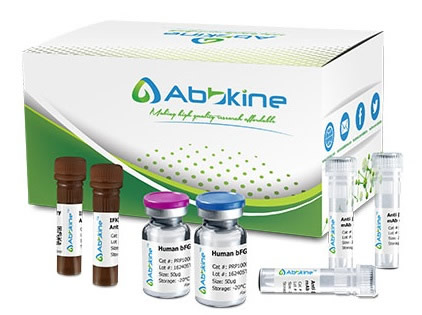PRHOXNB belongs to the OHCU decarboxylase family. Recombinant TTL from Arabidopsis thaliana catalyzes two enzymatic reactions leading to the stereoselective formation of S-allantoin, hydrolysis of hydroxyisourate through a C-terminal Urah domain, and decarboxylation of 2-oxo-4-hydroxy-4-carboxy-5-ureidoimidazoline through an N-terminal Urad domain. TTL originated in green algae through a Urad-Urah fusion, which entrapped an N-terminal PTS2 between the two domains. The presence of this gene in all Viridiplantae indicates that S-allantoin biosynthesis has general significance in plant nitrogen metabolism, while conservation of alternative splicing suggests that this mechanism has general implications in the regulation of the ureide pathway in flowering plants.
Bovine Putative 2-oxo-4-hydroxy-4-carboxy-5-ureidoimidazoline decarboxylase (PRHOXNB) ELISA Kit employs a two-site sandwich ELISA to quantitate PRHOXNB in samples. An antibody specific for PRHOXNB has been pre-coated onto a microplate. Standards and samples are pipetted into the wells and anyPRHOXNB present is bound by the immobilized antibody. After removing any unbound substances, a biotin-conjugated antibody specific for PRHOXNB is added to the wells. After washing, Streptavidin conjugated Horseradish Peroxidase (HRP) is added to the wells. Following a wash to remove any unbound avidin-enzyme reagent, a substrate solution is added to the wells and color develops in proportion to the amount of PRHOXNB bound in the initial step. The color development is stopped and the intensity of the color is measured.
Bovine Putative 2-oxo-4-hydroxy-4-carboxy-5-ureidoimidazoline decarboxylase (PRHOXNB) ELISA Kit listed herein is for research use only and is not intended for use in human or clinical diagnosis. Suggested applications of our products are not recommendations to use our products in violation of any patent or as a license. We cannot be responsible for patent infringements or other violations that may occur with the use of this product.
bio-equip.cn




